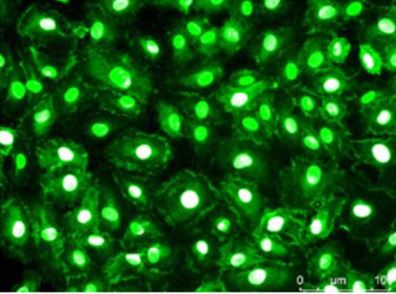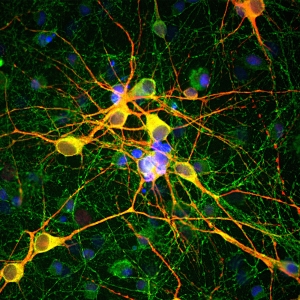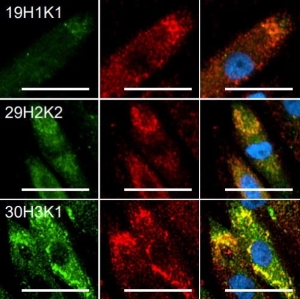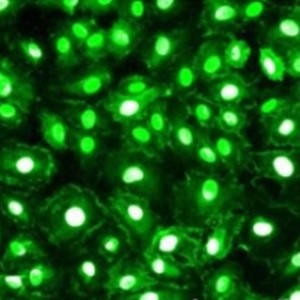At the front and center of our human cell & tissue offerings are our primary brain & CNS cell types. Over the years, these cells have contributed to impactful studies. Earlier this week, another publication was released reminding us again of their value to researchers.
Investigators at the University of Nottingham used our Human Brain Pericytes (cat. HMP104), Astrocytes (cat. HMP202), and Microvascular Endothelial Cells (HBMECs) (cat. HEC02) to study the effects of hyperglycemia on the blood-brain barrier (BBB). The scientists built an in vitro BBB model by co-culturing the three cell types.
Image: Neuromics HBMECs showing tubule formation in normoglycemic conditions. The investigators found that the angiogenic capacity and morphology of the HBMECs were not altered by various glucose levels.
They found disruptions to the integrity of the BBB after exposure to high glucose conditions after 48 and 72 hours as compared to the normoglycemia control. The findings have implications for furthering our understanding of the link between diabetes and strokes. You can read the full study here.
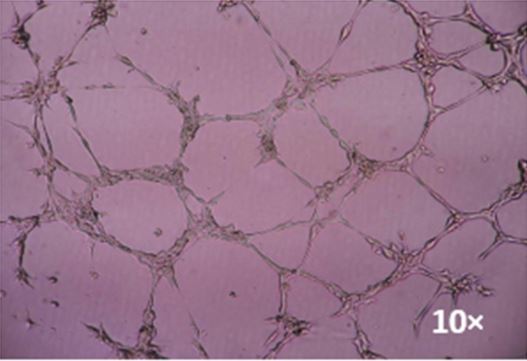
Bottom image: Neuromics HBMECs in culture in normal glucose conditions.
In addition to our pericytes, astrocytes, and HBMECs, we also have several other primary human brain & CNS cells. This includes brain neurons, iPSC-derived cells, and so much more. You can explore all of them here. We also have all the defined media, coating solutions, and more to keep them happy and healthy.
To take your own BBB research to the next level, check out our 3D Human BBB Model (cat. 3D45002). The model incorporates a co-culture of the same three cell types as in the study to test the permeability of compounds of interest across the BBB. Learn more here.
